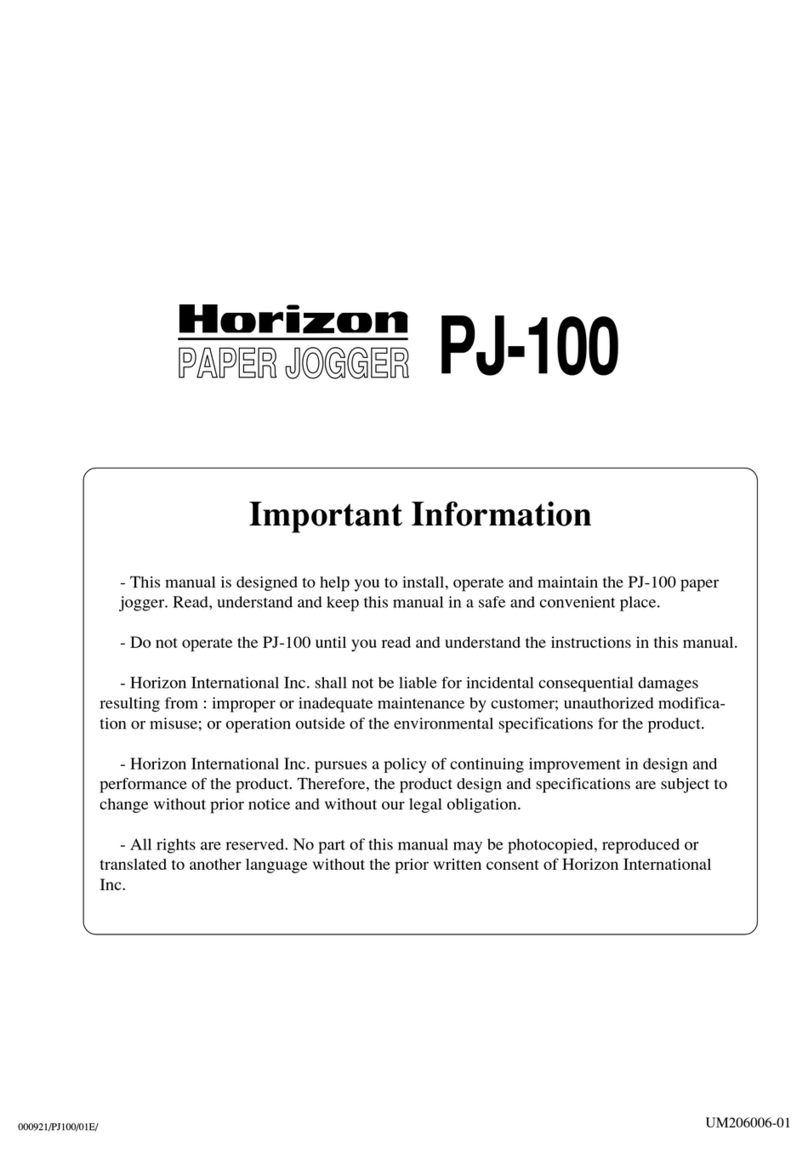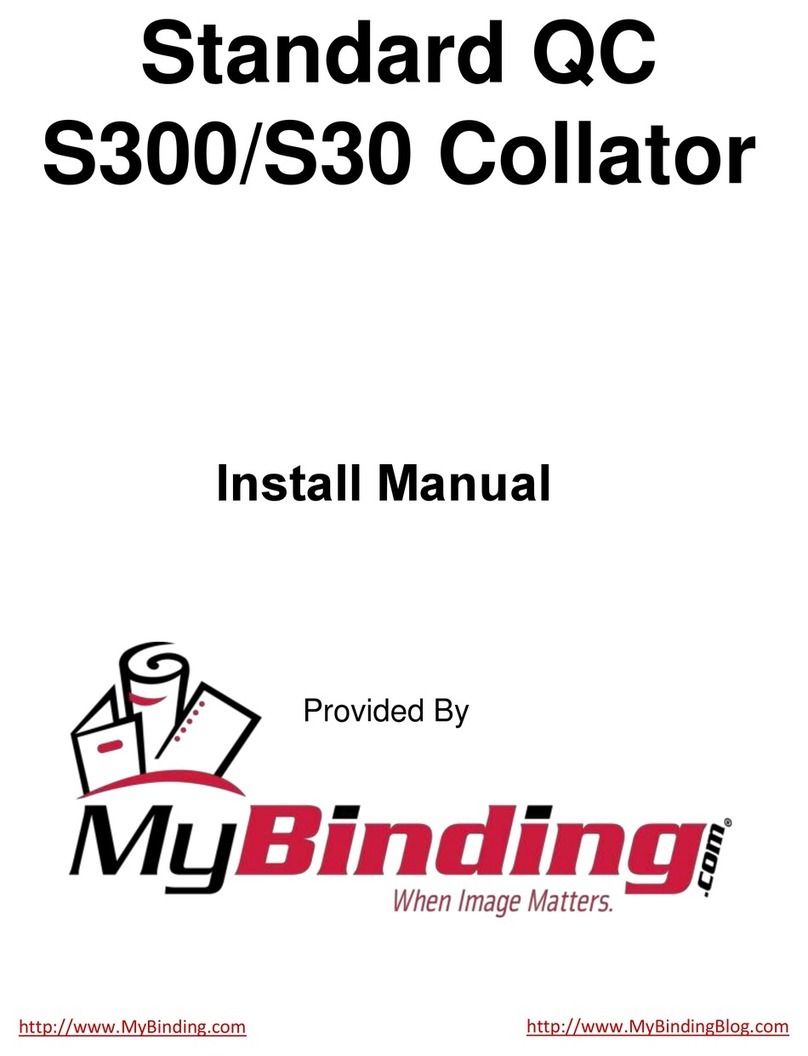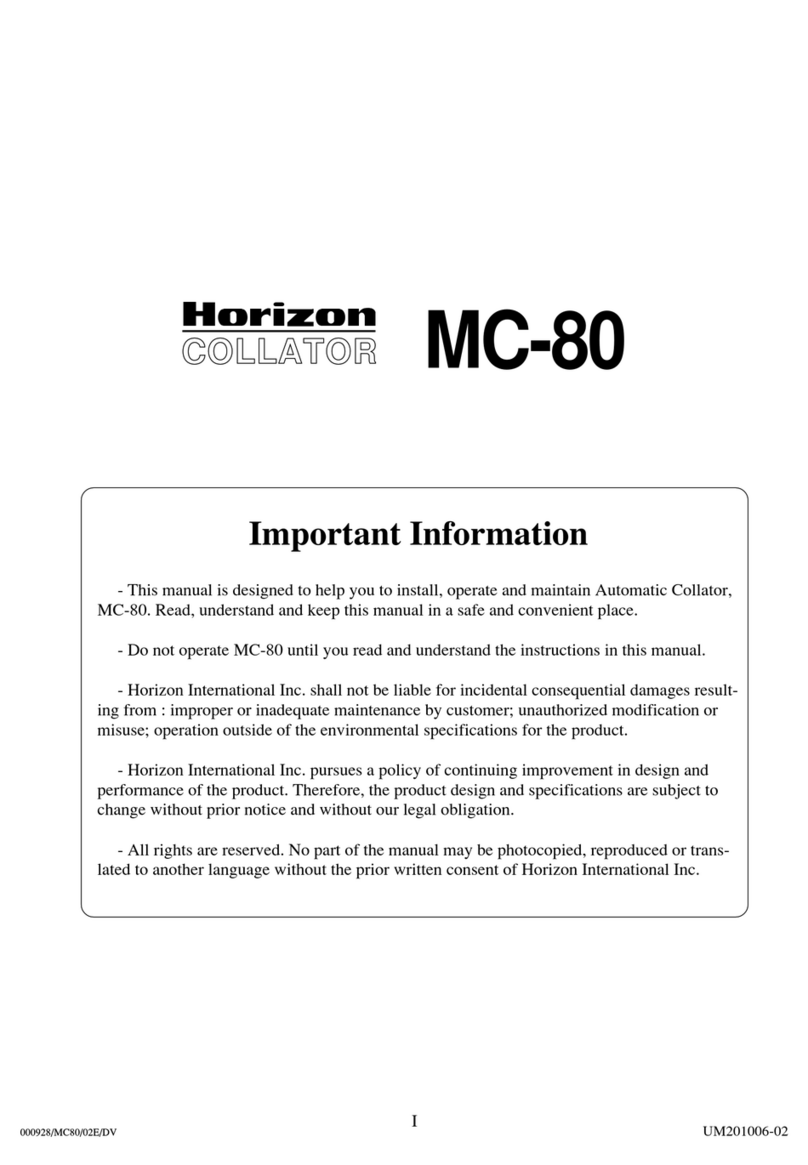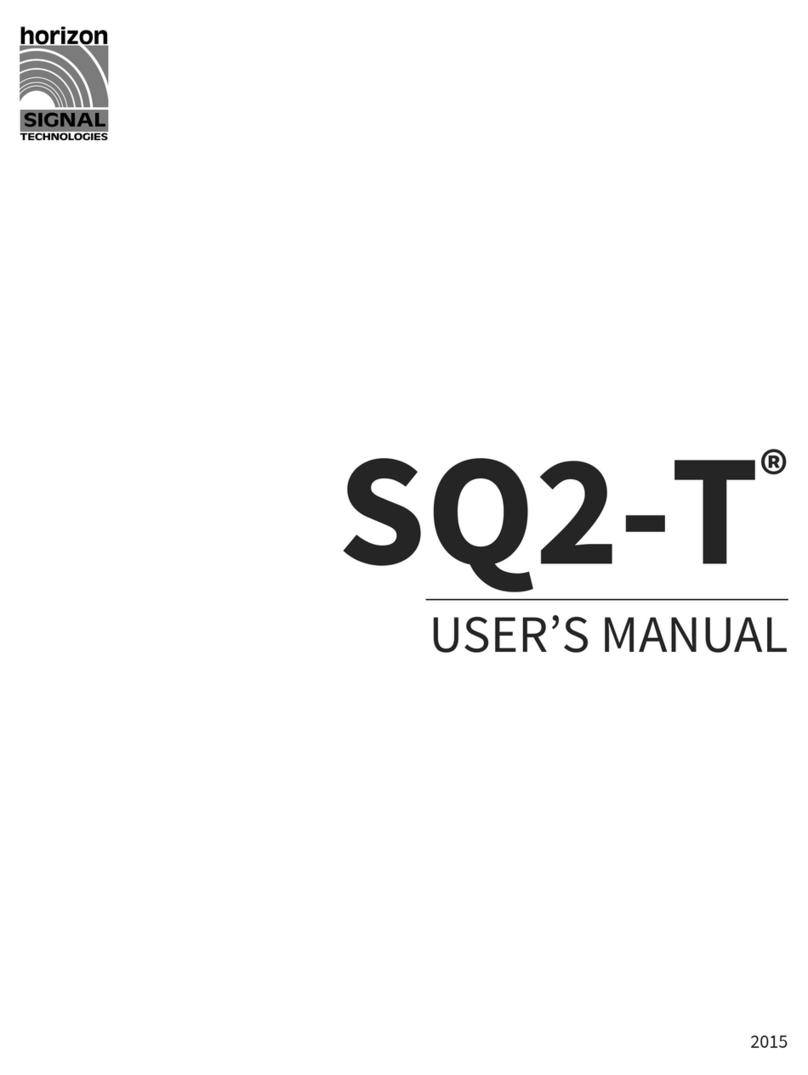
H-1000 Fuel Cell Stack User Manual V4.4 3
1.5 Flammability and volatility
Hydrogenisflammableoverconcentrationsof4–75%byvolumeinair,andisexplosiveover
concentrationsof15–59%.Asaresult,evensmallleaksofhydrogenhavethepotentialtoburnor
explode.Leakedhydrogencanconcentrateinanenclosedenvironment,therebyincreasingtheriskof
combustion and explosion.
Hydrogenamesarepaleblueandarealmostinvisibleindaylightduetotheabsenceofsoot.Dueto
its high buoyancy and diffusivity, burning hydrogen rises unlike gasoline, which spreads laterally.
Aammableorexplosivehydrogenmixtureiseasilyignitedbyasparkorevenahotsurface.Theauto-
ignition temperature of hydrogen is 500 °C (932 °F). The energy of a hydrogen gas explosion is 2.4
times that of gasoline or methane for an equal volume. Hydrogen gas explosions are therefore more
destructive and carry further.
WARNING!
Amixtureofhydrogenandairispotentiallyammableandexplosiveandcanbeignitedbyasparkora
hot surface.
As in the presence of any fuel, all sources of ignition, including smoking, are not permitted in the vicinity
of the stack.
WARNING!
Keep all sources of ignition away. Smoking is not permitted in the vicinity of the stack.
1.6OxygenDepletion
Oxygenisacolourless,odourless,non-toxicandtastelessgas.Oxygenisessentialforlifein
appropriate concentrations.
Ambientaircontainsupto21%oxygen.Oxygenlevelsbelow19.5%arebiologicallyinactiveand
mayactassimpleasphyxiants.Effectsofoxygendeciencymayinclude:rapidbreathing,diminished
mentalalertness,impairedmuscularcoordination,faultyjudgement,depressionofallsensations,
emotional instability, and fatigue. As asphyxiation progresses, nausea, vomiting, prostration, and loss
of consciousness may result, eventually leading to convulsions, coma, and death. At concentrations
below12%,immediateunconsciousnessmayoccurwithnopriorwarningsymptoms.
WARNING!
Lackofoxygencanleadtounconsciousnessandasphyxiation.
As a preventative measure, the stack must be operated in a well-ventilated area in order to compensate
for the oxygen used within the fuel cells.
WARNING!
Always operate the stack in a well-ventilated area.





































